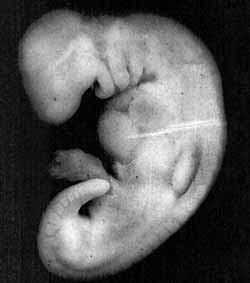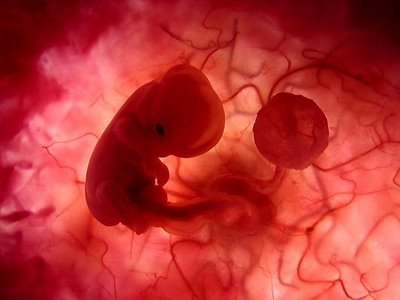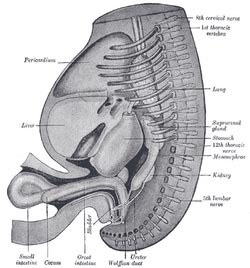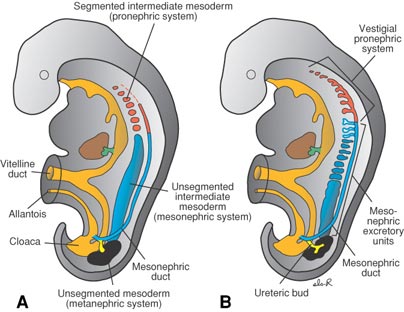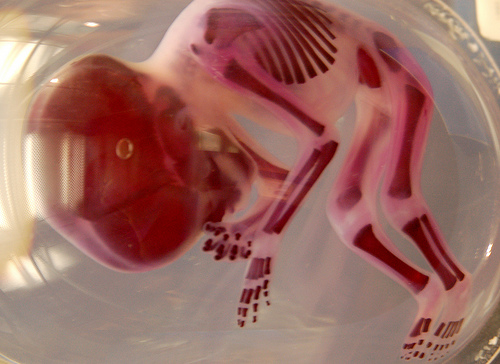 |
 ความคิดเห็นที่ 2
ความคิดเห็นที่ 2 |

Stage of pregnancy development: The Baby's Growth from Cell to Individual
Every pregnant woman knows that there are three stages of pregnancy development. Each stage of pregnancy development witnesses a different stage in the development of the fetus, from which grows your live and kicking baby. The baby goes through several stages of development, beginning as a fertilized egg, developing into a blastocyst, an embryo, finally a fetus-all medical terms to denote the growth from a cell to an eight or nine pound creature. This is your baby - learn to know him even as he is the size of a dime in you.
Your Egg is Fertilized
During each normal menstrual cycle, one egg (ovum) is usually released from one of the ovaries, about 14 days before the next menstrual period. Release of the egg is called ovulation. During ovulation, the mucus in the cervix becomes more fluid, allowing sperm to enter the uterus, and within a little while, sperm may move from the vagina, through the cervix into the uterus, and to the funnel-shaped end of a fallopian tube-the usual site of fertilization. The cells lining the fallopian tube facilitate fertilization. When a sperm penetrates the egg, the result is fertilization. Tiny hairlike cilia lining the fallopian tube propel the fertilized egg (zygote) through the tube toward the uterus, with the zygote entering the uterus in 3 to 5 days. In the uterus, the cells continue to divide, until they become a hollow ball of cells called a blastocyst. If fertilization does not occur, the egg deteriorates and passes out of the body through the uterus in the next menstrual period.
If more than one egg is released and fertilized, the pregnancy involves more than one fetus, usually two (twins). This is the first stage of the different stages of pregnancy development.
It Develops into a Ball of Cells Called Blastocyst; The Blastocyst Develops
During the second stage of pregnancy development, which happens between 5 and 8 days after fertilization, the blastocyst attaches to the lining of the uterus. Called implantation, the process is completed by day 9 or 10.
More Visits to the Doctor
During the second stage of pregnancy development, which happens between 5 and 8 days after fertilization, the blastocyst attaches to the lining of the uterus. Called implantation, the process is completed by day 9 or 10.
The wall of the blastocyst is one cell thick except in one area, where it is three to four cells thick; and it is the inner cells in the thickened area that develop into the embryo, and the outer cells burrow into the wall of the uterus and develop into the placenta. The placenta produces several hormones that help maintain the pregnancy, for example, the human chorionic gonadotropin (hCG), which prevents the ovaries from releasing eggs and stimulates the ovaries to produce estrogen and progesterone continuously. The placenta is also a carrier; it carries oxygen and nutrients from mother to fetus and waste materials from fetus to mother.
The wall of the blastocyst takes on the function of becoming the outer layer of membranes (chorion) surrounding the embryo. An inner layer of membranes (amnion) develops by about day 10 to 12, forming the amniotic sac, filled with a clear liquid called amniotic fluid that expands to envelop the developing embryo, which floats within it. The placenta meanwhile is fully formed by 18 to 20 weeks, and continues to grow throughout pregnancy. At delivery, it could weigh about 1 pound.
The Baby in Miniature called the Embryo
The next stage in development is the embryo, which develops under the lining of the uterus on one side. It is a stage characterized by the formation of most internal organs and external body structures. Organ formation begins about 3 weeks after fertilization: the area that will become the brain and spinal cord (neural tube) begins to develop; the heart and major blood vessels begin to develop by about day 16 or 17; the heart begins to pump fluid through blood vessels by day 20, and by day 21 the first red blood cells appear. The exceptions are the brain and spinal cord, which continue to develop throughout pregnancy. This is a period of the embryo's vulnerability to the effects of drugs, radiation, and viruses and a period when a pregnant woman should not be given any live-virus vaccinations, or be administered any drugs, ideally.
And Now for the Fetus' Appearance
By about 8 weeks after fertilization, which equals about 10 weeks of pregnancy, the embryo is considered a fetus. During this stage, the structures that have already formed grow and develop. By about 12 weeks of pregnancy, the fetus fills the entire uterus, and this is the period when the sex of the baby can be determined. The fetus can be felt to be moving at about 16-20 weeks. When it is 23-24 weeks old, the fetus has a chance of survival outside the uterus. The lungs of the fetus continue to mature until near the time of delivery. And the brain accumulates new cells throughout pregnancy, and continues to, in the first year of the baby's coming into existence outside the mother's womb. The different stages of pregnancy development have come to an end.
At the completion of the stages of pregnancy development, you have within you a fully formed human growing inside your womb. He has all the features that are needed to make him human and ready him for survival in the outside world. So, wait awhile until he pushes himself out of the womb into your arms. And get ready to enjoy motherhood.
ที่มา : http://www.pregnancy-period.com/stage_of_pregnancy_development.html
| จากคุณ |
:
laliklalee 
|
| เขียนเมื่อ |
:
6 ก.ย. 53 14:11:56
|
|
|
|
 |
